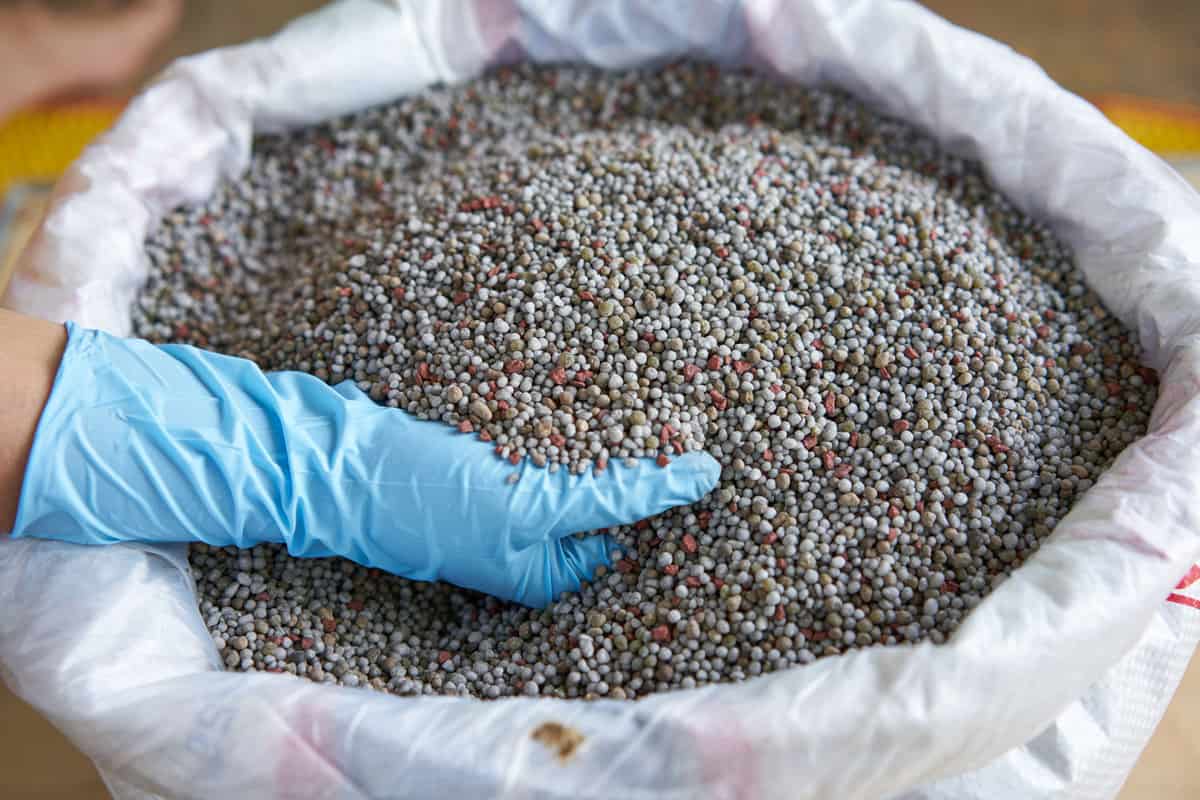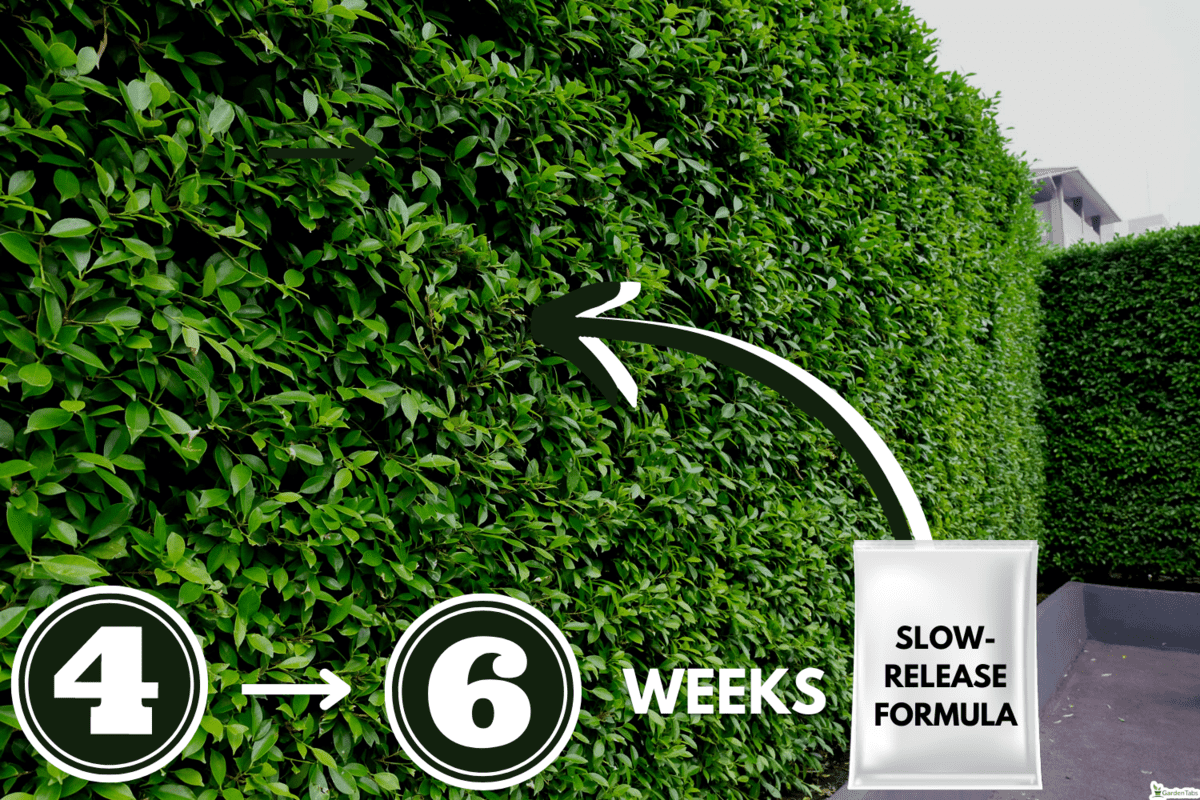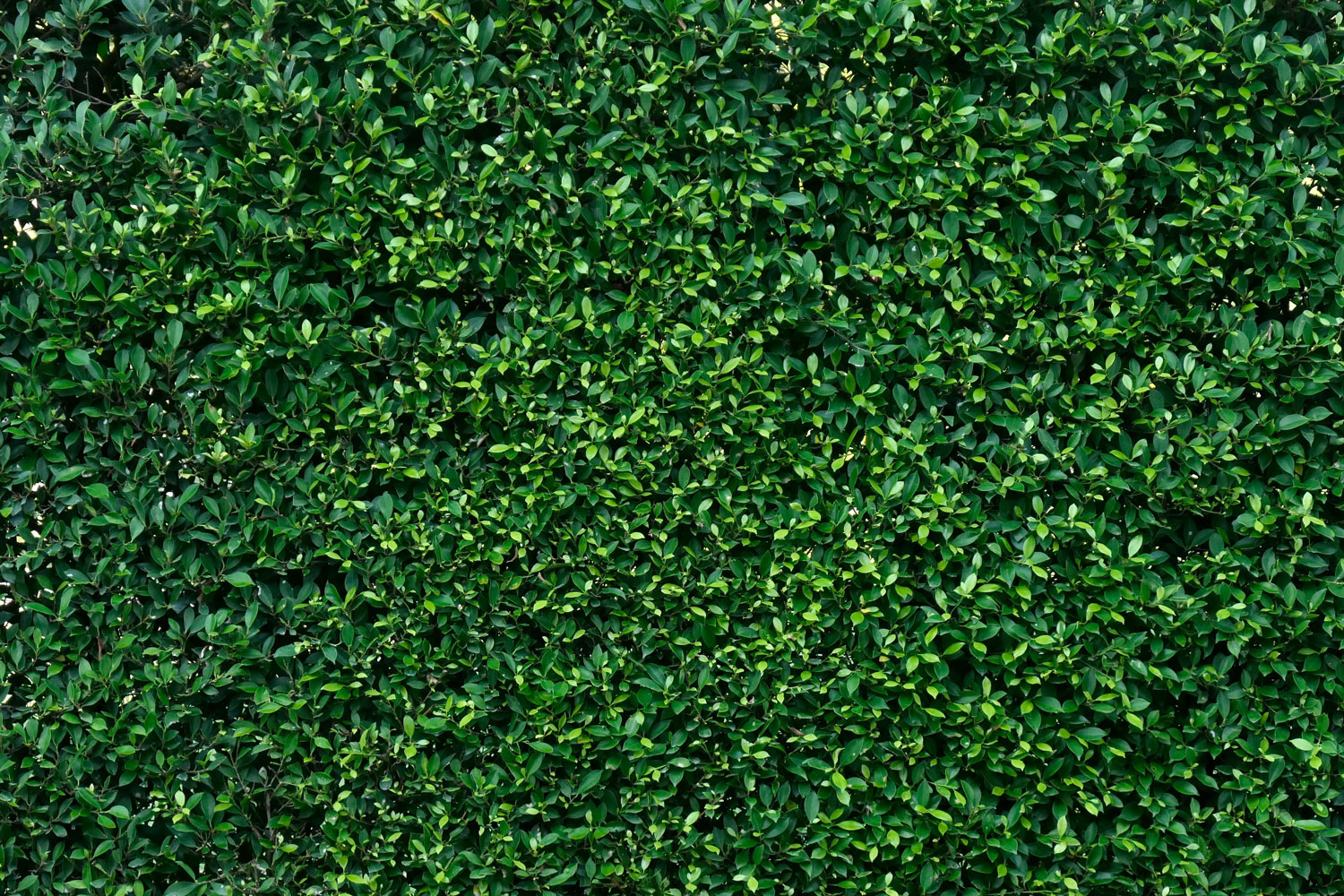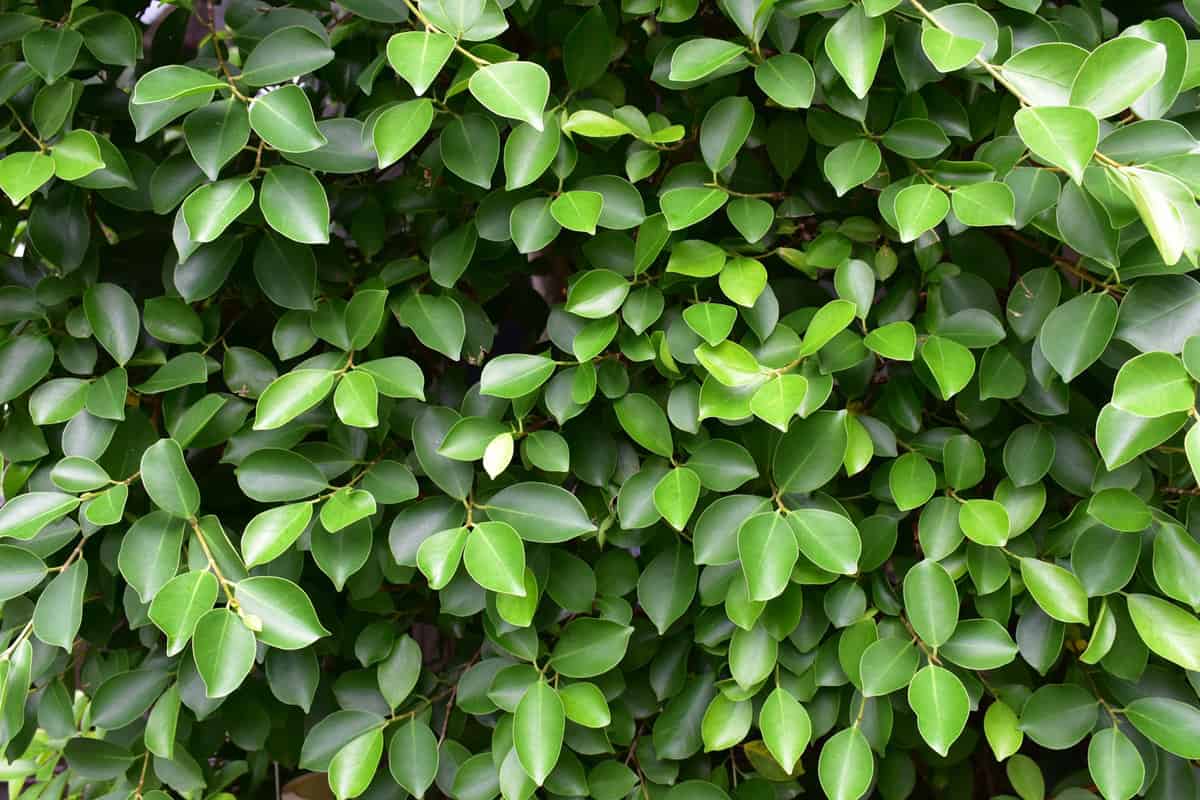Ficus hedges are a popular addition to yards and gardens due to their lush, thick foliage. They can be used as a privacy fence, a backdrop for flowering shrubs, or simply to demarcate and highlight certain landscapes. Are fertilizers needed to keep them healthy? Read on and find out what our research revealed regarding your question.
A balanced analysis of 8% nitrogen, 8% phosphorus, and 8% potassium is the best amendment for ficus varieties. You can use the slow-release formula to fertilize the hedge every four to six weeks during the year except winter.
A balanced proportion of 8% nitrogen, phosphorus, and potassium fertilizer is the most recommended formula for ficus varieties. The article includes pertinent information as to why it is the ideal choice as well as other methods to enhance the growth of your hedge.
NPK And Its Benefits

You are probably familiar with the NPK designation of most fertilizers, but why exactly is it beneficial to most plants, your ficus included? Let us break it down.
NPK is an acronym for sodium (N), phosphorus (P), and potassium (K). They are the three most important elements in the development of plants.
Oxygen, hydrogen, and carbon dioxide are also essential, but they occur naturally in the environment whereas sodium, phosphorus, and potassium need to be amended as fertilizers.
How Does Nitrogen Affect Plant Growth?
Nitrogen is responsible for leaf development, where photosynthesis takes place. It is the process in which the plant uses sunlight to transform carbon dioxide and water into oxygen and simple sugars. Essentially, photosynthesis allows the plant to feed and sustain itself.
Nitrogen is a component of amino acids which are the building blocks of plant tissue.
An adequate amount of the element allows vigorous growth and development. Since atmospheric nitrogen cannot be absorbed and utilized directly by plants, it has to be supplemented into the soil.
How Does Phosphorus Affect Plant Growth?
Phosphorus bonds link the structures of deoxyribonucleic acid (DNA) and ribonucleic acid (RNA). These are integral in cell and tissue development, including roots, stems, and shoots.
It also plays a role in the facilitation of plant respiration and energy transfer since it is a vital component of adenosine triphosphate (ATP).
It also contributes to flower and seed production while increasing the strength of primary and secondary stems. If phosphorus is deficient, the plant may exhibit poor health marked by leaf discoloration and general stunted growth.
How Does Potassium Affect Plant Growth?
Potassium is associated with the uptake, movement, and absorption of water and nutrients in plant tissue. During winter, it regulates metabolic processes to conserve the available nourishment in the root system. Along with nitrogen, it plays a role in the process of photosynthesis and food production.
Potassium increases the development of root systems which makes plants more tolerant to drought. Along with other micronutrients, it enhances the plant's ability to resist diseases and infections caused by parasites.
Potassium deficiency results in the formation of thinner cell walls that produce smaller and weaker stalks, roots, and stems.
What Does NPK 8-8-8 Mean?
With so many types and options, why use NPK 8-8-8? Since we've established what NPK is, let's figure out the significance of the numbers.
The three-numbered formula indicates the proportion of nitrogen, phosphorus, and potassium by percentage present in the fertilizer. NPK 8-8-8 simply means there are equal amounts of nitrogen, phosphorus, and potassium at 8% by weight contained in the amendment.
Some ratios may differ in proportion and have higher content in terms of percentage, so why does the relative concentration seem too low?
The intended use of a triple 8 fertilizer is to increase plant growth and development without the risk of over-fertilizing them.
A triple 8 NPK formula will provide adequate nutrients to your ficus hedge as well as other house and garden plants, especially if you use mulch or compost.
Check out Grow Best 8-8-8 Liquid Plant Food on Amazon.
When, How Often, And How To Apply Fertilizer

The best way to fertilize your ficus hedge is by applying a light dose of slow-release formula every four to six weeks.
You can do this throughout the year with the exception of winter when they are dormant and require no feeding.
Slow-release fertilizers (SRF) gradually deliver nutrients with time and extends their bioavailability longer than other forms of soil amendments. Further, there is no risk of inducing root shock or leaf burn.
Put on protective gloves before handling the fertilizer to avoid contact with the gardening product.
Check out Chemical Resistance Latex Gloves on Amazon.
The best way to apply slow-release fertilizer is to mix the prescribed amount a few inches down into the soil around your ficus hedge. Till the soil slightly and drop a few spoonfuls of the granules evenly into the pockets around the roots.
If your ficus hedge covers a large area, you can simply sprinkle the fertilizer around the periphery of your ficus hedge since regular watering will facilitate the release of nutrients. Use a light spray to prevent the granules from being displaced or pooled together.
Are There Other Fertilizers You Can Use On A Ficus Hedge?

Triple 8 NPK may be adequate to sustain the growth and development of your ficus hedge, but it would be ideal for supplementing the fertilizer with organic matter.
Are Mulch And Compost Beneficial To Your Hedge?
Organic-based materials occur naturally and are environmentally safe. They come in the form of mulch and compost derived from plants, animal dung, and other matter that release nutrients slowly into the soil.
As microorganisms in the ground break down organic matter, certain minerals are released as a by-product of the decaying process. Soil fertility is augmented, and plant growth is enhanced.
A two-inch layer of composted mulch applied around your hedge will help retain moisture, regulate soil temperature, and minimize the growth of weeds. You can reapply a fresh layer every few months as they decompose and thin out.
What Are Other Ways To Take Care Of A Ficus Hedge?

Apart from regular fertilizer application, there are several other ways to maintain a ficus hedge to keep it healthy and lush.
Will Regular Pruning Benefit Your Hedge?
Pruning is the selective removal or reduction of parts of a plant aimed to promote new growth, improve health and achieve the desired form or shape that is visually pleasing.
Basically, pruning reduces excessive foliage that has to be supplied by the root system, and water and nutrients are made more abundantly available to the trimmed hedge.
Air circulation is improved, and sunlight can penetrate the inner portion of the hedge, deterring the proliferation of fungi and other plant parasites.
The shape and form of the hedge, as well as its growth pattern, can be manipulated and controlled by pruning.
Regular trimming revitalizes the foliage and branches while creating proportioned growth that enhances the aesthetics of your yard or garden.
By improving the overall appearance of your hedge, landscapes look more balanced and defined.
How Much Sunlight And Water Does A Ficus Hedge Require?
Newly developing ficus plants are sensitive to environmental conditions and changes that may result in leaf dropping and discoloration.
However, once the hedge becomes established and matures, it can tolerate and thrive in full or partial sun. Extreme summer heat in coastal areas may lead to leaf burn, but you can protect your ficus with netted cold frames.
As with most plants, the ficus variety needs adequate watering but can tolerate drought to a certain degree. They develop aerial roots to supplement and compensate for the lack of hydration thru the uptake of humidity.
Check the moisture level of the soil before hydrating your hedge since overwatering leads to root rot.
How Do I Encourage My Ficus To Grow?

Aside from regular fertilizing, maintain the right amount of humidity around its environment. Ficus plants are native to tropical climates, and routinely misting the leaves early in the morning would simulate the condition.
Since high humidity can cause fungal infestation, treat your hedge with an all-around organic herbicide 2 to 3 times per year.
In Closing
Triple 8 NPK solution is the ideal fertilizer for your ficus hedge, especially when augmented with organic matter. The right amount of sunlight, water, and regular pruning would enhance its growth and maintain the formation optimally. We hope the article was instrumental and helpful.
You might also find these topics helpful:



This is one if not the best article on Ficus trees care I have ever read, being new at growing Ficus trees for my private hedge I learned alot from this article.
Thanks for the insight and much appreciated